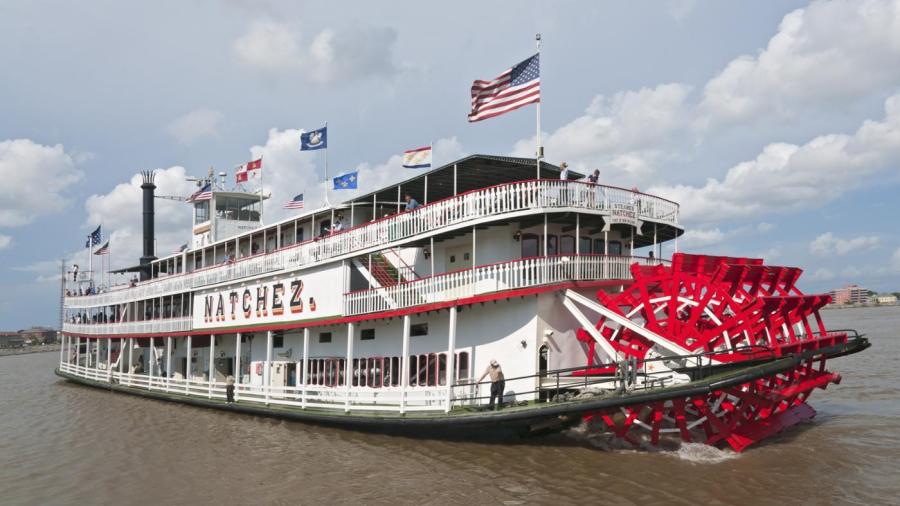How Did the Steamboat Impact Society?

The invention of the steamboat, in the early 1800s, dramatically changed society as steamboats were the first means of travelling upstream. The steamboat led to the creation of new towns and stimulated the economy.
Via steamboat, people could ship and receive goods easily and efficiently. By 1815, steamboats were the main vessels traveling the water. Accidents, such as explosions, were common and often fatal, states a University of Virginia website.
Credit for the first attempts at a steamboat goes to Americans James Rumsey and John Fitch. The duo came up with several designs for the world’s first steamboat, during the late 1700s, though none were successful. In 1805, Oliver Evans drove a steam-powered boat mounted on wheels through Philadelphia to show that the steamboat theory did, in fact, hold water. Robert Fulton’s steamboat made the first successful voyage down the East Coast in 1807. The first steamboat to travel the West Coast did so in 1811, traveling down the Ohio and Mississippi Rivers to New Orleans. The ship traveled from New York to Albany and back in five days, an unheard of time during that era. Fulton held a monopoly on the design for three years, after which steamboats began to appear everywhere.





